Affiliate links on Android Authority may earn us a commission. Learn more.
Who knew: Reviving Nokia costs a fortune
Published onMarch 23, 2018
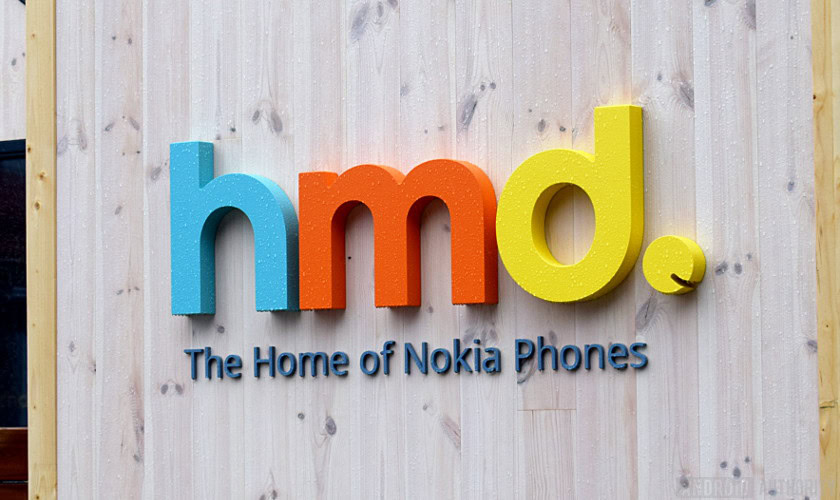
Nokia‘s glorious and full-blooded revival has been well received, delighting some markets, winning awards, and dragging many people’s favorite brand into in 2018 while earning respect – and sales.
The only problem is that Nokia smartphones and feature phones are costing the new owners of the Nokia brand a surprising amount of cash, even as they manage to make impressive sales.
Nokia sales are good, but the earnings are grim right now
Of course, it’s wildly unrealistic to think that buying the Nokia name and slapping it onto a bunch of new phones will create money trees. But the core numbers are a little grimmer than expected.
The partnership behind the revival is between HMD Global Oyj, a Finnish company that houses ex-original-Nokia employees, and FIH Mobile (a division of Foxconn), who own the feature phone manufacturing side of Nokia. FIH owns a small minority in HMD as well, and, together, the joint-venture has poured serious capital into reviving the great brand of Nokia.
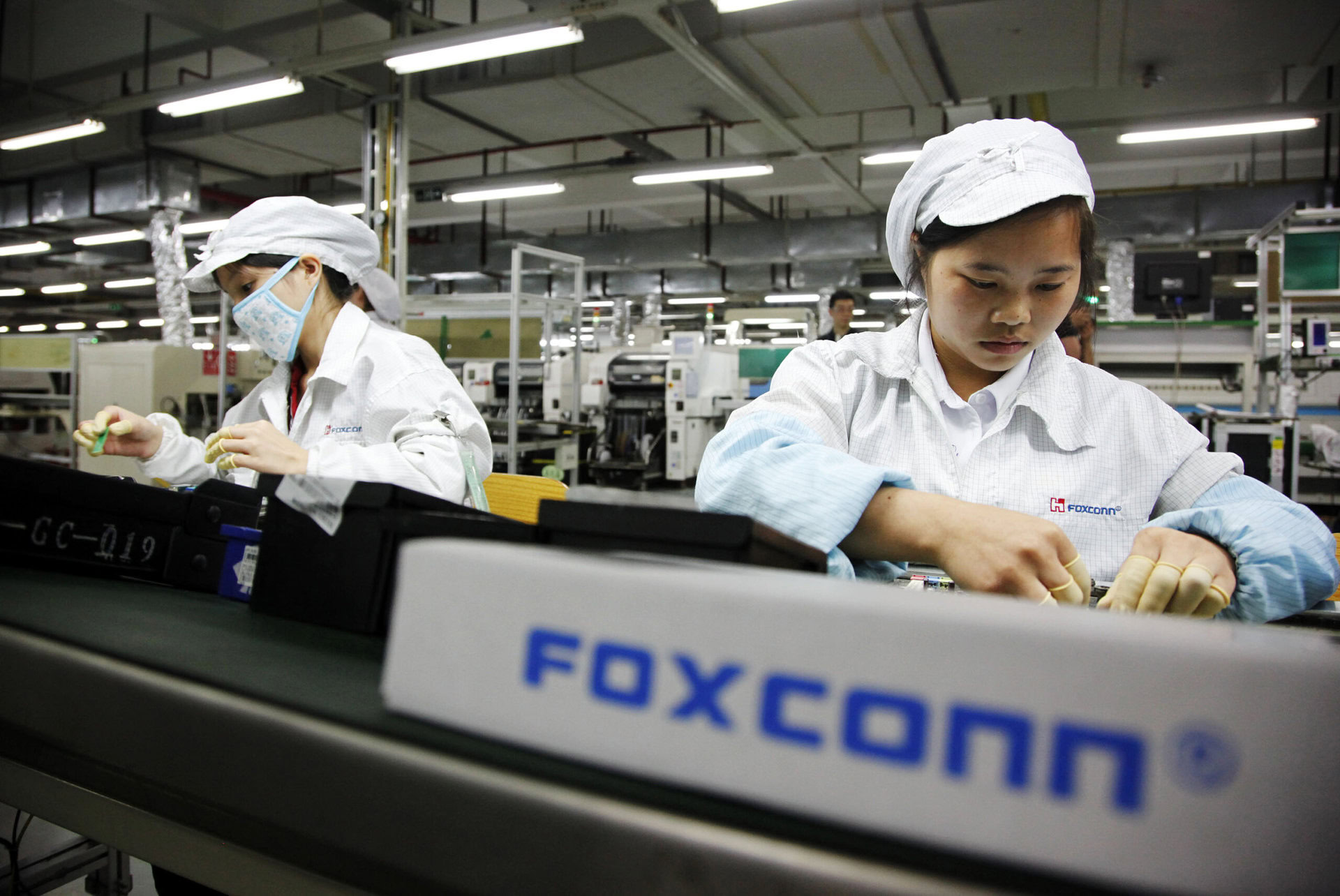
Bloomberg points out that in the complicated revenue and earnings release from FIH Mobile, that examining the European financials for FIH show how expensive the Nokia brand has been. It’s not that sales have been poor either. Estimates from data via research agencies suggests Nokia sold 8.7 million smartphones in 2017. Feature phone numbers for the year were more significant, selling 59.2 million feature phones according to IDC, with 20.7 million sold in Q4 alone.
What we see is that revenue rose strongly for FIH Mobile in 2017, showing almost a ten-fold increase from 2016, jumping up to $1.7bn:
But a small profit in 2016 fell to almost a $160m loss in 2017, a massive hit. Again, that’s just in Europe where everything is attributed to Nokia.
Bloomberg surmise those losses on Nokia devices extend into Asia as well, but the wider FIH Mobile operation was able to mask that to an extend – FIH Mobile do assemble phones for Xiaomi, who have seen huge gains in their smartphone sales at the bottom rung, which does compete with Nokia as well.
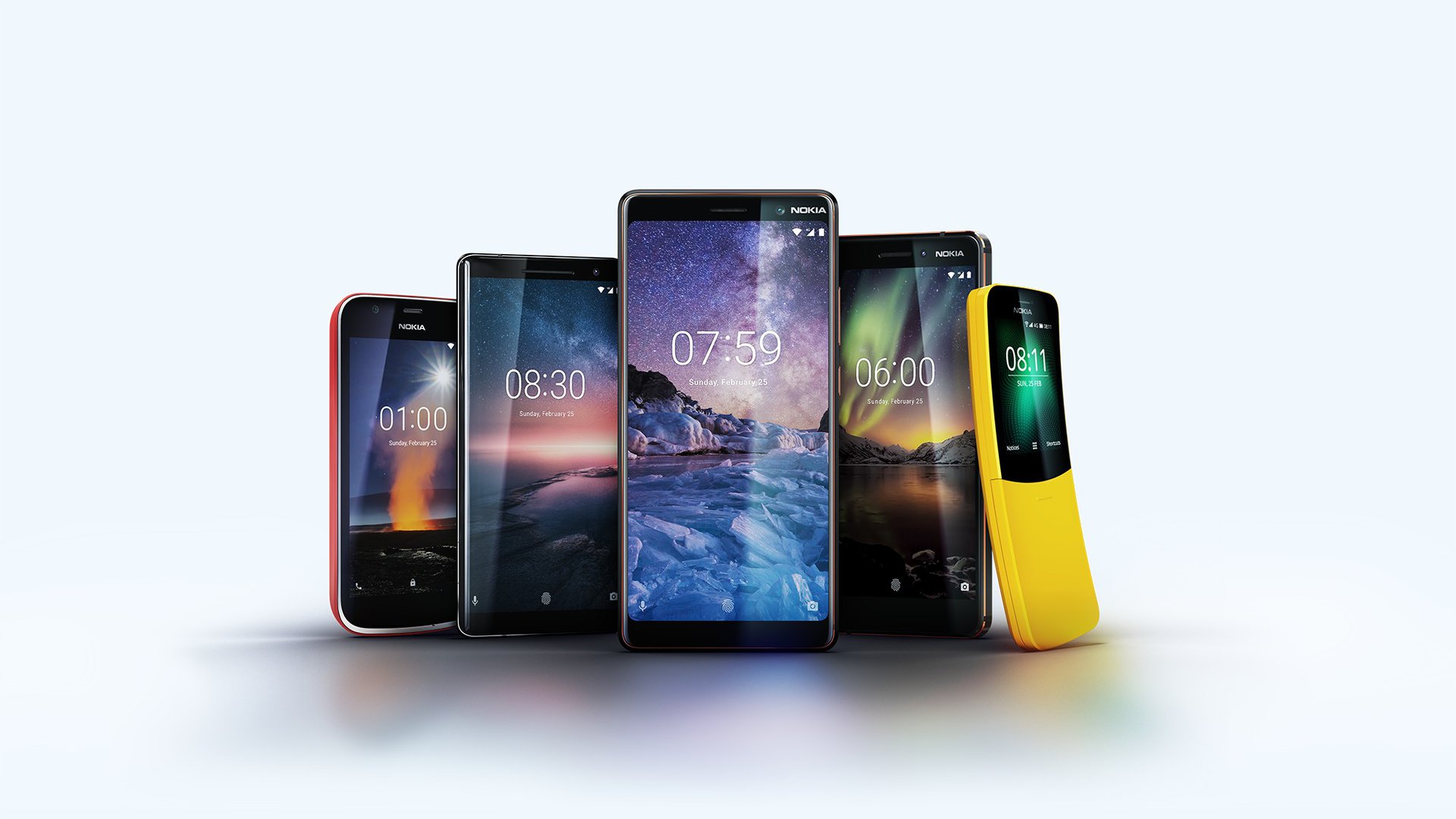
So what can we make of the expensive Nokia rebirth? It’s clear that buying the rights to a former brand name doesn’t guarantee anything. Rebirths are hard and clearly expensive. While brand history and recognition can get you press coverage and attention, it doesn’t guarantee sales at the end of the day. But just because we aren’t seeing profits now for the companies involved, doesn’t mean we won’t in the end, and we have previously written about why Hon Hai Technology Group (Foxconn) are very keen to sell their own in-house built devices, and not just be an assembler for Apple and co.
But ask Microsoft how it went to rebirth Nokia – the first rebirth of the Finnish brand. Remember when Microsoft paid $7.2 billion in 2013?
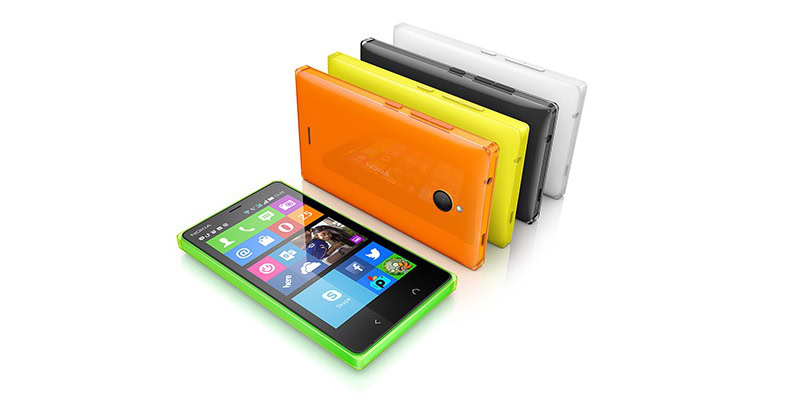
It’s estimated Microsoft ended up losing $8 billion on that deal over the years until they finally closed down Windows phones. (It wasn’t a complete disaster, Microsoft did receive some very large patent payments from the likes of Samsung over the years. Also, the Nokia saga might’ve been the catalyst to remove Steve Ballmer and get highly-praised new CEO Satya Nadella in, who appears to have steadied the ship, if not turn the company around completely.)
We’re also witnessing BlackBerry undergo some kind of similar process at the same time, as the original BlackBerry company stopped manufacturing their own devices, and went and work on software (and, well, patent trolling companies like Facebook).
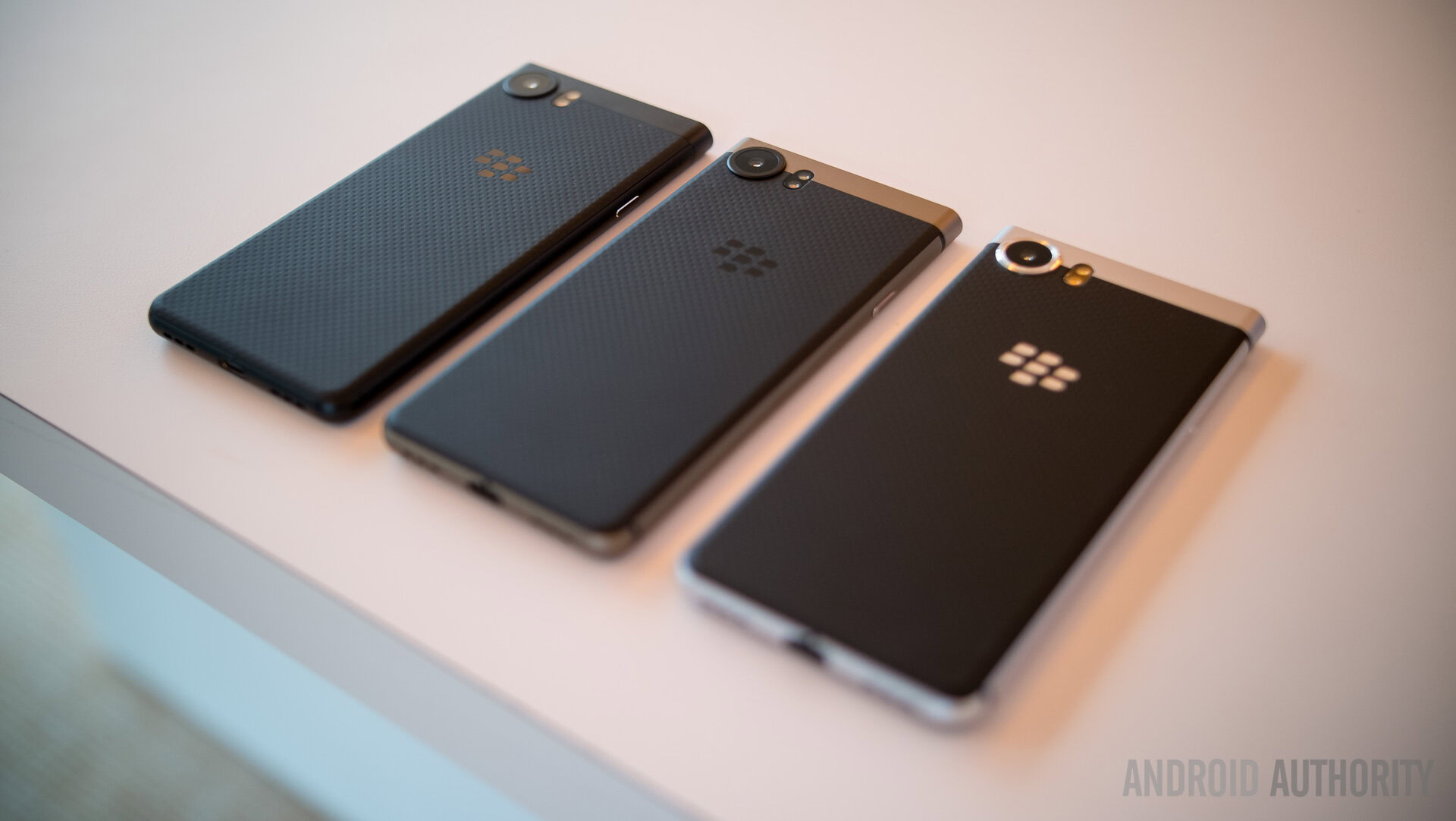
Current BlackBerry devices are being made by Chinese manufacturer TCL, and less than a million were sold in 2017. Compare that to yesteryear, when 6.8 million handsets were sold in the second quarter of 2013, for example, and you can see how tough it is to compete with the heavyweights.
Nokia has been well received by a loyal Indian market, along with Europeans, which has supported both their feature phone and smartphone sales. The next step for Nokia, with their range of five new phones unveiled at MWC 2018, will be getting the flagship Nokia 8 Sirocco, Nokia 6 mid-ranger and even the Nokia 8110 ‘banana phone’ into the US. Already it’s been reported that Nokia won’t partner with carriers, which will stymie serious sales numbers, but Nokia 6 is coming in May. That will be another expensive endeavor, prone to big risks in the congested mid-range smartphone market, and without carrier support to boost sales. And does the US have the same warm feelings for the new Nokia?
It’s clear that the Nokia comeback is hemorrhaging money for the consumer arm of Hon Hai Technology Group (Foxconn). That’s surprising, given the successes that the reborn Nokia has had, including winning Android Authority’s Smartphone Brand Of The Year in 2017. But with the tenacious Terry Gou at the helm, there is nothing conservative in the approach being taken to Nokia. With Hon Hai Technology Group (Foxconn) behind the wheel, HMD will only see the revenue rise as a win, with profits to come later.